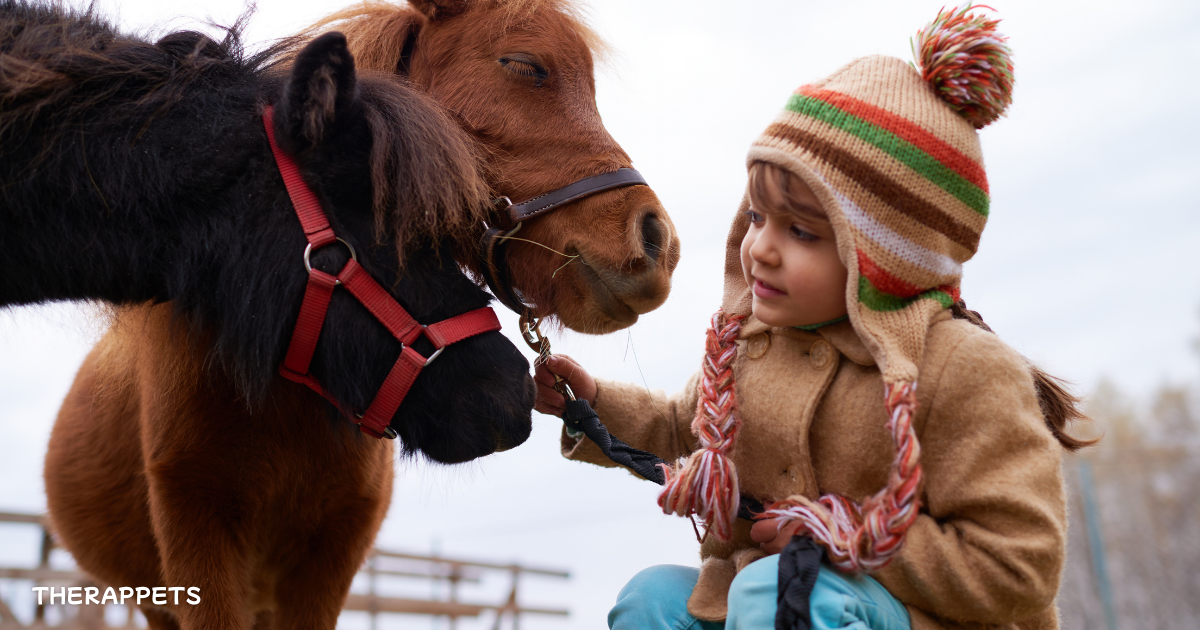Animal-Assisted Therapy Techniques have gained recognition for their effectiveness in enhancing emotional, psychological, and even physical well-being. These methods use animals to create therapeutic connections that promote healing. Whether it’s calming anxiety, improving social skills, or aiding rehabilitation, animal-assisted therapy offers a unique approach to care. Let’s explore five proven techniques that demonstrate the power of this innovative practice.
1. Therapeutic Horseback Riding
Therapeutic horseback riding, also known as hippotherapy, is a widely recognized technique in animal-assisted therapy. The rhythmic movement of a horse helps improve motor skills, balance, and coordination, making it a popular choice for individuals with physical disabilities or neurological conditions.
Furthermore, horseback riding fosters emotional connections, providing a sense of accomplishment and boosting self-esteem in participants.
For more about how animals aid healing, check out Exploring Effective Therapy Techniques with Animal-Assisted Support.
2. Therapy Dogs for Emotional Support
Therapy dogs are perhaps the most common choice in animal-assisted therapy. These trained animals provide comfort and companionship to individuals struggling with mental health issues, including depression, PTSD, and anxiety.
Their calming presence helps reduce stress and promotes positive social interactions, especially in environments like hospitals, schools, or nursing homes.
Learn more about the role of therapy dogs in addressing anxiety here: Therapy Animals in Social Anxiety Treatment.
3. Equine-Assisted Therapy
Equine-assisted therapy focuses on interactions with horses to build emotional resilience and improve mental health. This technique often involves grooming, feeding, or walking horses, creating opportunities for participants to develop trust and patience.
It’s particularly effective for individuals dealing with trauma or behavioral challenges, offering a safe space for emotional growth.
Discover more benefits of working with horses in therapy at Equine-Assisted Therapy.
4. Canine-Assisted Play Therapy
Incorporating therapy dogs into play therapy sessions is a great way to help children express their feelings and develop coping strategies. The non-judgmental nature of dogs allows kids to open up more easily, creating a supportive environment for emotional healing.
This technique has shown remarkable success in addressing childhood trauma and social development.
For a deeper dive into therapy dog training, visit Psychiatric Service Dog Training.
5. Therapy Cats for Comfort and Stress Reduction
Cats may not be the first animal that comes to mind for therapy, but their soothing purrs and gentle demeanor make them excellent companions for stress relief. Therapy cats are particularly effective in settings like hospice care or with individuals facing long-term illness.
Their ability to create calm environments promotes relaxation and reduces anxiety.
Explore how cats help with mental health in Can Cats Be Emotional Support Animals?.
Conclusion
These animal-assisted therapy techniques illustrate animals' profound impact on our emotional and physical well-being. Whether you’re seeking comfort, rehabilitation, or emotional growth, the bond between humans and animals holds incredible therapeutic potential.
If you’d like to learn more about how animals can support mental health, don’t miss our article on The Benefits of Animal-Assisted Therapy.

